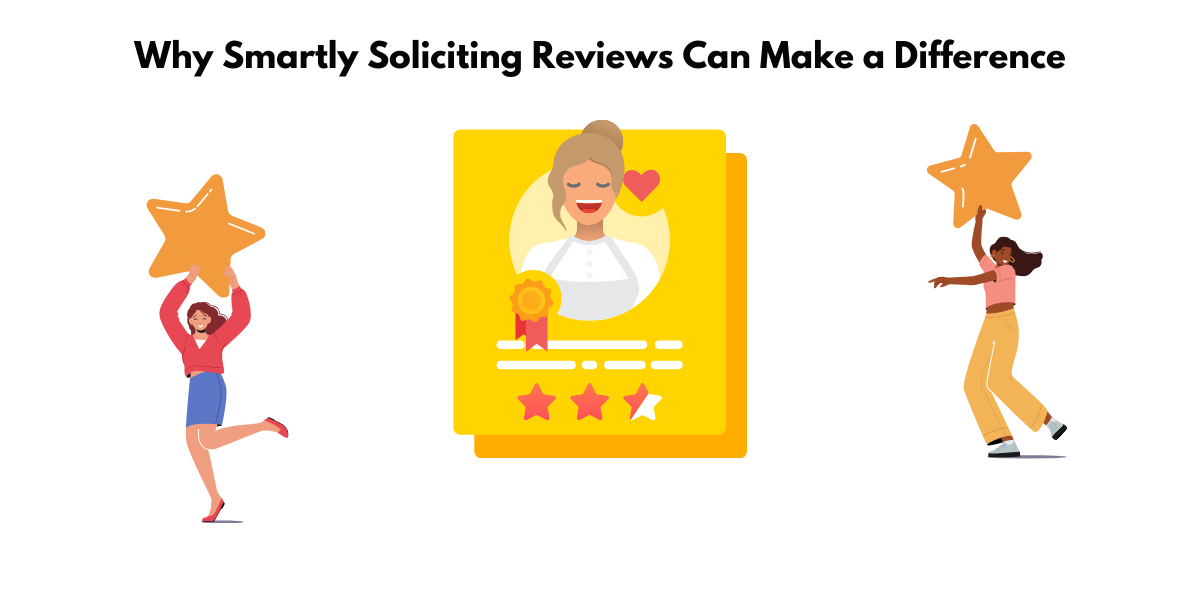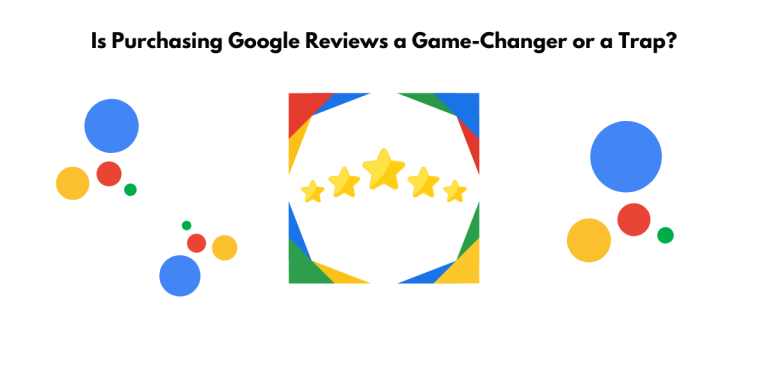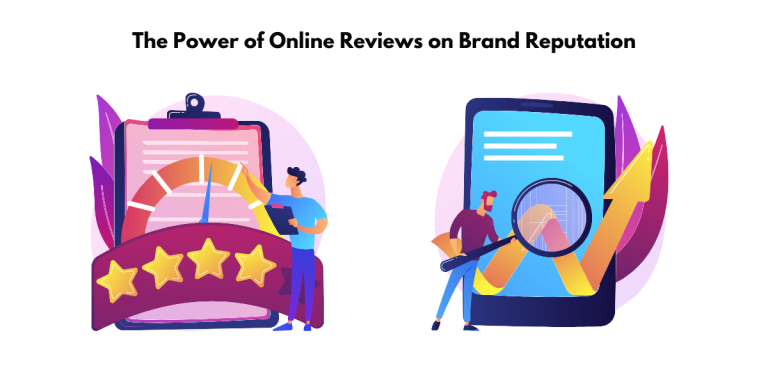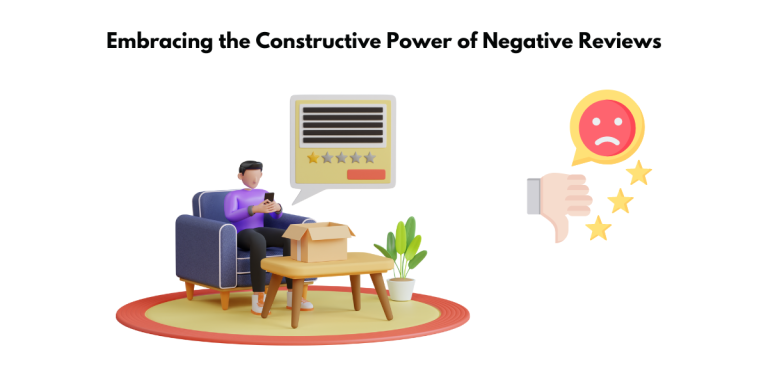Introduction to Google Reviews
The Impact of Online Ratings on Your Business
In today’s digitized marketplace, online ratings are the lifeblood of any business, big or small. When potential customers search for products or services, online ratings are often their first impression of a brand. With 90% of consumers influenced by positive reviews, and 86% deterred by negative ones, it’s clear that those golden stars next to your business name can significantly sway public opinion and consumer behavior.
Why Smartly Soliciting Reviews Can Make a Difference
Requesting reviews may seem straightforward, but how and when you ask can make a substantial difference. Smart solicitation is about strategically guiding satisfied customers to share their positive experiences, boosting your brand’s credibility and visibility. Engaging with reviews shows your appreciation and commitment to customer satisfaction. Moreover, each review can spark further conversations and illustrate the level of interaction future customers can expect.

When to Request Google Reviews
Timing Your Review Requests for Maximum Effectiveness
Understanding the perfect moment to ask for a review is key to getting more positive feedback. Ideally, you want to catch customers when the satisfaction from their purchase or interaction with your service is at its peak. This could be shortly after they’ve made a purchase, had a service conducted, or even following a positive interaction with your team. By timing your review request when the experience is still fresh, you’re more likely to receive detailed, authentic, and favorable testimonials. Remember, impeccable timing not only increases the likelihood of getting a review but enhances the quality of feedback as well.
Identifying Key Moments in the Customer Journey for Reviews
To optimize your review solicitation, identify key milestones in the customer journey that indicate a high level of satisfaction:
- Post-Purchase Bliss: Right after a customer has made a transaction, they’re often still riding the high of a new purchase, making it prime time for a review.
- Milestone Achievements: Whether it’s their fifth visit to your store or they’ve been a subscriber for a year, commemorate these moments with a review request.
- Post-Engagement Satisfaction: After you’ve resolved a support issue or received a thank-you message, that’s your cue to ask for a review.
- After New Feature Rollouts: Once customers have had the chance to experience the benefits of updated products or services, invite their feedback.
- Reward Redemptions: If your loyalty program offers a discount or special perk, use this high point to ask for their valued feedback.
Strategically target these moments to garner reviews that reflect genuine customer enthusiasm and satisfaction.
Crafting an Effective Review Request
Personalization – Making Every Ask Special
Remember, personalization is crucial in approaching customers for reviews. Use their name at the start of your message to create an immediate, personal connection. Refer to the specific product or service they’ve used, and if applicable, bring up notable interactions they’ve had with your team. Customizing your feedback questions also shows thoughtfulness and encourages a more detailed response. For example, “We noticed you bought our eco-friendly camping gear for your recent trip—how did it hold up in the great outdoors?”
By making every ask special, you let customers know that they’re not just another sale but a valued part of your business community.

Clear Instructions – Ensuring a Frictionless Review Process
When asking for reviews, clarity and ease are your best friends. Your instructions should be so straightforward that customers feel compelled to act immediately. Provide a direct link to your Google review page, and if possible, embed this into a call-to-action button like “Rate Us Now!” Also, consider offering a brief, bullet-point guide or a quick visual tutorial that walks them through the process, eliminating any chance for confusion. By removing barriers and making the process effortless, you’re set to receive a higher response rate and more Google reviews to bolster your reputation.
Channels for Acquiring Google Reviews
Harnessing the Power of Email for Review Solicitation
Email remains one of the most effective avenues for requesting Google reviews. With a whopping 91% of consumers checking their email daily, it’s a direct line to your audience. When crafting an email for review solicitation, ensure the subject line reflects the content’s intent, keeping it transparent and engaging. Personalization comes into play here too; address them by name, acknowledge their recent purchase or visit, and articulate why their review is invaluable. Including a direct link to your Google review page within the email not only invites action but makes it incredibly convenient. Remember to test different templates and messaging to see what resonates best with your clientele.
Leveraging SMS and Social Media for Instant Feedback
SMS: A Game-Changer in Review Requests Using text messages to ask for Google reviews can be a game-changer due to SMS’s staggering 98% open rate. They’re read swiftly, usually within minutes, making SMS a highly effective channel for real-time feedback. To get the most out of SMS review requests:
- Deliver a warm, personalized thank you message.
- Include a straightforward call-to-action with a direct link to your Google reviews page.
- Keep it succinct; a concise request respects the customer’s time and increases compliance.
Social Media: Engaging with Your Audience Social media platforms are where conversations happen and opinions are formed. By engaging with customers here, you’re entering a space that’s comfortable and frequented by them. You can:
- Post regular reminders encouraging satisfied customers to leave a Google review.
- Use direct messaging after positive interactions for a personal touch.
- Share stories or posts with review calls-to-action, possibly featuring customer testimonials to inspire others.
Both channels allow you to solicit feedback promptly, reaching customers in spaces where they’re most active and receptive.

Do’s and Don’ts of Google Review Requests
Ethical Practices in Review Collection
Adhering to ethical practices in review collection is non-negotiable. It’s not just about compliance with platforms like Google—it’s about fostering trust and authenticity in your brand. Here’s how to keep it above board:
- Request, Don’t Demand: Encourage customers to leave a review, but never pressure them. Their feedback should be given freely.
- No Incentives: Offering discounts, freebies, or any monetary compensation for reviews violates most platforms’ policies and can damage your credibility.
- Transparency is Key: Be clear that you’re asking for honest feedback, regardless of whether it’s positive or negative.
- Respect Privacy: Always ensure you’re following privacy laws and guidelines, especially when reaching out via personal channels like email or SMS.
By maintaining ethical review solicitation practices, you preserve the integrity of your reviews and build a trustworthy brand image.

Avoiding Common Pitfalls in Soliciting Reviews
While soliciting Google reviews can significantly help your business grow, it’s important to avoid common pitfalls:
- Don’t Overwhelm Your Customers: Bombarding them with multiple requests can lead to irritation, and possibly losing their business.
- Avoid the Wrong Timing: Asking for reviews during a customer’s busy time or after a poor experience can backfire.
- Don’t Forget to Follow Up: Sometimes customers forget, so a gentle reminder is fine, but always be courteous and non-intrusive.
- Never Purchase Fake Reviews: This can lead to severe penalties from Google and damage your reputation.
- Resist the Urge to Retaliate: If a negative review comes in, respond professionally and use it as a chance to improve.
By steering clear of these mistakes, your approach to soliciting reviews will not only be more effective but also more appreciated by your customers.
Enhancing Review Request Strategies with Technology
Creating Convenient QR Codes for One-Click Reviews
The convenience of QR codes can significantly uplift your review counts. Here’s how to integrate them into your strategy to ease the review process:
- Generate a QR Code: Use a free Google Review QR Code Generator to create a personalized code that links directly to your review page.
- Display Prominently: Place your QR code on receipts, business cards, and even your product packaging—anywhere your customer’s eyes may land post-purchase.
- Offer Instructions: For those less tech-savvy, provide simple directions on how to scan and use the QR code.
- Physically Present Options: If face-to-face with clients, having a card with a QR code simplifies the review process even without WiFi.
QR codes remove cumbersome steps for the customer, smoothing the path from satisfied buyer to positive reviewer.

Utilizing Automation Tools to Streamline the Review Process
Embracing automation tools can revolutionize how you collect Google reviews. These smart-systems:
- Streamline Communications: By automating review requests post-purchase or after a service, you ensure timely and consistent engagement without the manual hassle.
- Provide Dashboard Analytics: Tools often come with dashboards that track your review requests, responses, and overall ratings, giving you actionable insights.
- Offer Review Resolution Features: Some platforms allow you to address negative feedback directly, helping resolve issues before they go public.
- Integrate with Multiple Channels: Automation can cover email, SMS, and even social media, creating a cohesive review solicitation approach.
Incorporating an automation tool can save you time and effort, while potentially increasing your volume of positive Google reviews.
Showing Gratitude and Engaging With Reviewers
The Art of Acknowledging Each Review
Acknowledging each review is not just good manners, it’s essential for building rapport and customer loyalty. Here’s the art of doing it right:
- Swift Responses: Aim to respond to reviews within a day, showing you value the customer’s input and engagement.
- Show Genuine Appreciation: Use a conversational and authentic tone expressing thanks, which demonstrates that every piece of feedback is significant to you.
- Tailor Your Responses: Avoid generic acknowledgments. Tailor your replies to the specific content of the review. If they praised a particular service, mention your team’s dedication to that service in your response.
- Address Concerns: If the review is negative, respond professionally and empathetically, offering a solution or additional support.
By crafting personalized responses, customers feel seen and heard, which can enhance their overall perception of your business.
Building Loyal Relationships Through Review Interaction
Interacting with Google reviews is a golden opportunity to reinforce customer relationships. Here’s how best to engage:
- Highlight Their Feedback: By bringing attention to specific compliments, you make customers feel their feedback is valuable enough to be shared – which it is!
- Offer Added Value: In your responses, provide tips or information related to their review that could help them in future interactions with your brand.
- Invite Them Back: Encourage repeat business by expressing eagerness to serve them again. This not only shows appreciation but also reinforces their decision to choose you.
Engaging with your reviewers warmly and constructively contributes to a cycle of loyalty and advocacy that can propel your business forward.

FAQs About Asking for Google Reviews
How Many Google Reviews Should My Business Aim For?
While there’s no one-size-fits-all answer, aiming for at least 20 reviews can engage customers well. Research suggests having between 20 to 50 reviews can convince potential customers that your product or service has been adequately tried and tested. However, always consider factors like your industry, competition, and customer base size. More importantly, focus on the consistent inflow of fresh reviews and maintaining a strong overall rating.
Is It Acceptable to Offer Incentives for Leaving Reviews?
Offering incentives for Google reviews is a practice to steer clear of, as it’s against Google’s guidelines and can lead to penalties, or even removal of reviews. Instead, encourage customers to leave honest feedback based on their experiences. If you wish to contribute to a cause, consider a “pay-it-forward” campaign where for every review received, a donation is made to a charitable organization.
What Should I Do If I Receive a Negative Review?
If you receive a negative review, respond calmly and professionally. Acknowledge the feedback, apologize for their unsatisfactory experience, and offer to resolve the issue offline. Follow up to ensure their concern is addressed. Negative reviews can offer insights into areas for improvement and responding appropriately shows other customers that you are committed to customer satisfaction.







